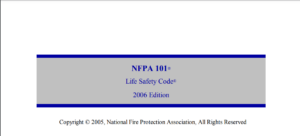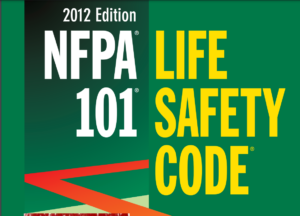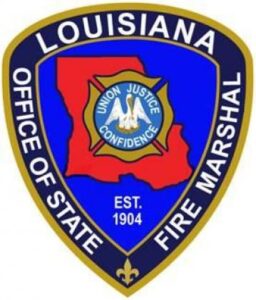The 2000 Edition of the NFPA 101 Life Safety Code builds on a legacy of safety standards aimed at protecting lives in buildings from fire and related hazards. Originally initiated by the National Fire Protection Association (NFPA) in 1913, the Life Safety Code has undergone numerous revisions to address the evolving nature of building safety and fire prevention. This edition, ratified in 2000, includes comprehensive measures on construction, protection, and occupancy features that minimize dangers from fire, including the design of egress facilities ensuring quick and safe evacuations.
The development of the Life Safety Code began with the publication of a pamphlet on exit drills in 1912, underscoring the importance of organized evacuations during fires in factories, schools, and other public buildings. Over the years, this work expanded to include a wide range of safety standards focusing on building exits and fire escape routes. The infamous fires like the Cocoanut Grove Night Club in 1942, which claimed 492 lives, and subsequent hotel fires in 1946, have been pivotal in shaping these standards.
Significant in this edition is the incorporation of a performance-based option, which allows for more flexible compliance with safety standards provided that the outcomes meet the code’s requirements. The 2000 Edition also emphasizes accessibility and the needs of people with disabilities, aligning closely with the Americans with Disabilities Act (ADA) guidelines.
Moreover, the Code is split into fundamental chapters that cover general administrative standards and specific safety chapters that detail requirements for various types of occupancies. Each chapter lays out mandatory safety provisions that must be adhered to and allows for specific adaptations based on the type of building or occupancy.
This edition also continues to use both the U.S. Customary and Metric measurement systems to ensure widespread applicability and compliance. Overall, the NFPA 101 Life Safety Code serves as a critical standard for building safety, influencing not only national but global practices in fire safety and evacuation procedures.






